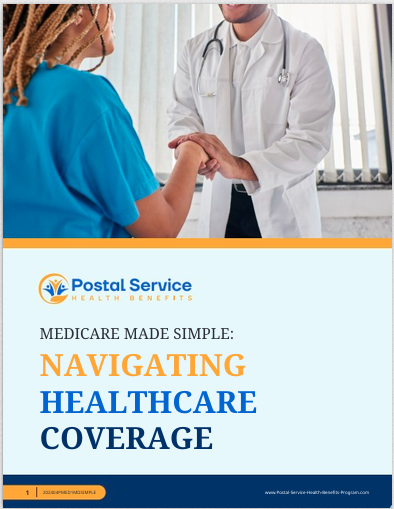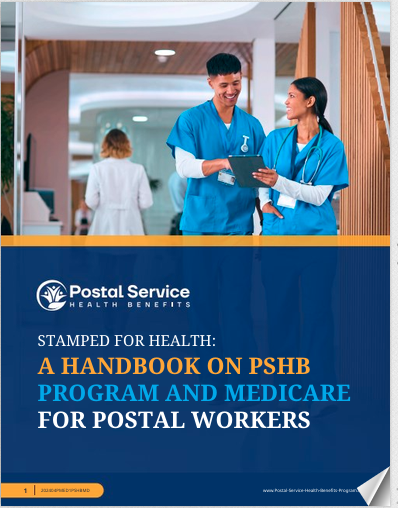Key Takeaways
- Telehealth provides USPS retirees with convenient access to healthcare services, reducing the need for travel and allowing consultations from home.
- Understanding Medicare coverage for telehealth, eligibility requirements, and how to set up appointments can help maximize the benefits of these services.
Telehealth and Medicare: What USPS Retirees Need to Know
Telehealth has revolutionized the way healthcare is delivered, providing patients with the ability to consult with healthcare providers remotely. This innovation is especially beneficial for Medicare beneficiaries, including USPS retirees, who often face challenges such as mobility issues or living in rural areas with limited access to healthcare facilities. This guide provides an informative overview of telehealth services under Medicare, outlining what you need to know to take advantage of these services.
Understanding Telehealth
Telehealth refers to the use of digital information and communication technologies, such as computers and mobile devices, to access healthcare services remotely. These services include consultations, diagnosis, treatment, and monitoring of patients. Telehealth can be delivered through various platforms, including video conferencing, phone calls, and mobile apps, making it convenient for patients to receive care without leaving their homes.
Telehealth Services Covered by Medicare
Medicare has significantly expanded its coverage of telehealth services, particularly in response to the COVID-19 pandemic. These services include, but are not limited to:
- Virtual Check-Ins: Short communications with your healthcare provider via telephone or other telecommunication devices to decide whether an office visit or other service is needed.
- E-Visits: Non-face-to-face patient-initiated communications with a doctor through an online patient portal.
- Telehealth Visits: Real-time, interactive audio and video communications for consultations, diagnosis, and treatment.
- Remote Patient Monitoring (RPM): Collection of patient health data from a distance using digital technologies, which can be reviewed by healthcare providers for ongoing management of chronic conditions.
Eligibility for Medicare Telehealth Services
To be eligible for telehealth services under Medicare, certain conditions must be met:
Medicare Part B Enrollment
You must be enrolled in Medicare Part B, which covers outpatient services, including telehealth.
Qualified Healthcare Providers
Telehealth services must be provided by a qualified healthcare provider. These providers include doctors, nurse practitioners, physician assistants, clinical psychologists, and licensed clinical social workers.
Approved Platforms
The telehealth services must be conducted through approved telecommunication systems that allow real-time audio and video interaction between the patient and the provider.
How to Access Telehealth Services
Accessing telehealth services through Medicare involves several steps:
Consult with Your Healthcare Provider
Discuss with your healthcare provider whether telehealth is appropriate for your medical needs. Your provider can help determine the types of telehealth services that are suitable for your condition.
Schedule an Appointment
Once it is determined that telehealth is appropriate, schedule an appointment with your healthcare provider. Many providers offer online scheduling systems to make this process easier.
Prepare for Your Visit
Ensure you have the necessary technology, such as a computer, tablet, or smartphone with internet access, to participate in a telehealth visit. Test your equipment before the appointment to avoid technical difficulties.
Conduct the Visit
During the telehealth visit, communicate with your healthcare provider as you would in an in-person visit. Be ready to discuss your symptoms, medical history, and any concerns you may have.
Costs Associated with Telehealth Services
Under Medicare Part B, telehealth services are covered similarly to in-person visits. Beneficiaries are responsible for 20% of the Medicare-approved amount for these services after meeting the Part B deductible. However, during the COVID-19 public health emergency, many telehealth services were offered with reduced or no out-of-pocket costs to encourage their use and maintain access to healthcare.
Benefits of Telehealth for Medicare Beneficiaries
Telehealth offers numerous benefits for Medicare beneficiaries, including USPS retirees:
Convenience
Telehealth allows patients to receive care from the comfort of their homes, reducing the need for travel and the associated costs.
Access to Specialists
Telehealth can provide access to specialists who may not be available locally, ensuring patients receive the best possible care.
Timely Care
Telehealth can facilitate quicker consultations and follow-up appointments, which is crucial for managing chronic conditions and preventing complications.
Reduced Exposure to Infections
By avoiding visits to healthcare facilities, patients reduce their risk of exposure to infectious diseases, including COVID-19.
Challenges and Considerations
While telehealth offers many benefits, there are also challenges and considerations to keep in mind:
Technology Barriers
Not all Medicare beneficiaries have access to the necessary technology or internet connectivity required for telehealth services. This digital divide can limit the availability of telehealth for some patients.
Privacy and Security
Telehealth services must comply with privacy and security regulations to protect patient information. Patients should ensure that their telehealth provider uses secure communication platforms.
Quality of Care
While telehealth is suitable for many types of care, it may not be appropriate for all medical conditions. Some diagnoses and treatments require in-person examinations and interventions.
Recent Changes and Future Directions
The COVID-19 pandemic led to significant changes in telehealth policy, many of which have been extended or made permanent:
Expanded Coverage
Medicare has expanded the types of services covered under telehealth and broadened the range of providers who can offer these services.
Geographic Flexibility
Restrictions on providing telehealth services only to patients in rural areas have been lifted, allowing more beneficiaries to access these services regardless of location.
Home as an Originating Site
Previously, telehealth services were only covered if the patient was in a healthcare facility. Now, patients can receive telehealth services from their homes.
Looking forward, it is anticipated that telehealth will continue to play a significant role in healthcare delivery. Ongoing evaluations and adjustments to telehealth policies will aim to balance accessibility, quality of care, and cost-effectiveness.
Navigating Your Telehealth Options
Understanding the scope of telehealth services covered by Medicare is essential for making informed healthcare decisions. If you or a loved one are considering telehealth services, follow these steps to get started:
- Discuss with Your Healthcare Provider: Engage in a conversation with your provider about the suitability of telehealth for your health needs and conditions.
- Explore Technological Requirements: Ensure you have access to the necessary devices and internet connectivity to participate in telehealth visits.
- Stay Informed: Keep up to date with any changes in Medicare telehealth policies, as these may impact your access to and coverage of telehealth services.
Contact Information:
Email: [email protected]
Phone: 5105558901







